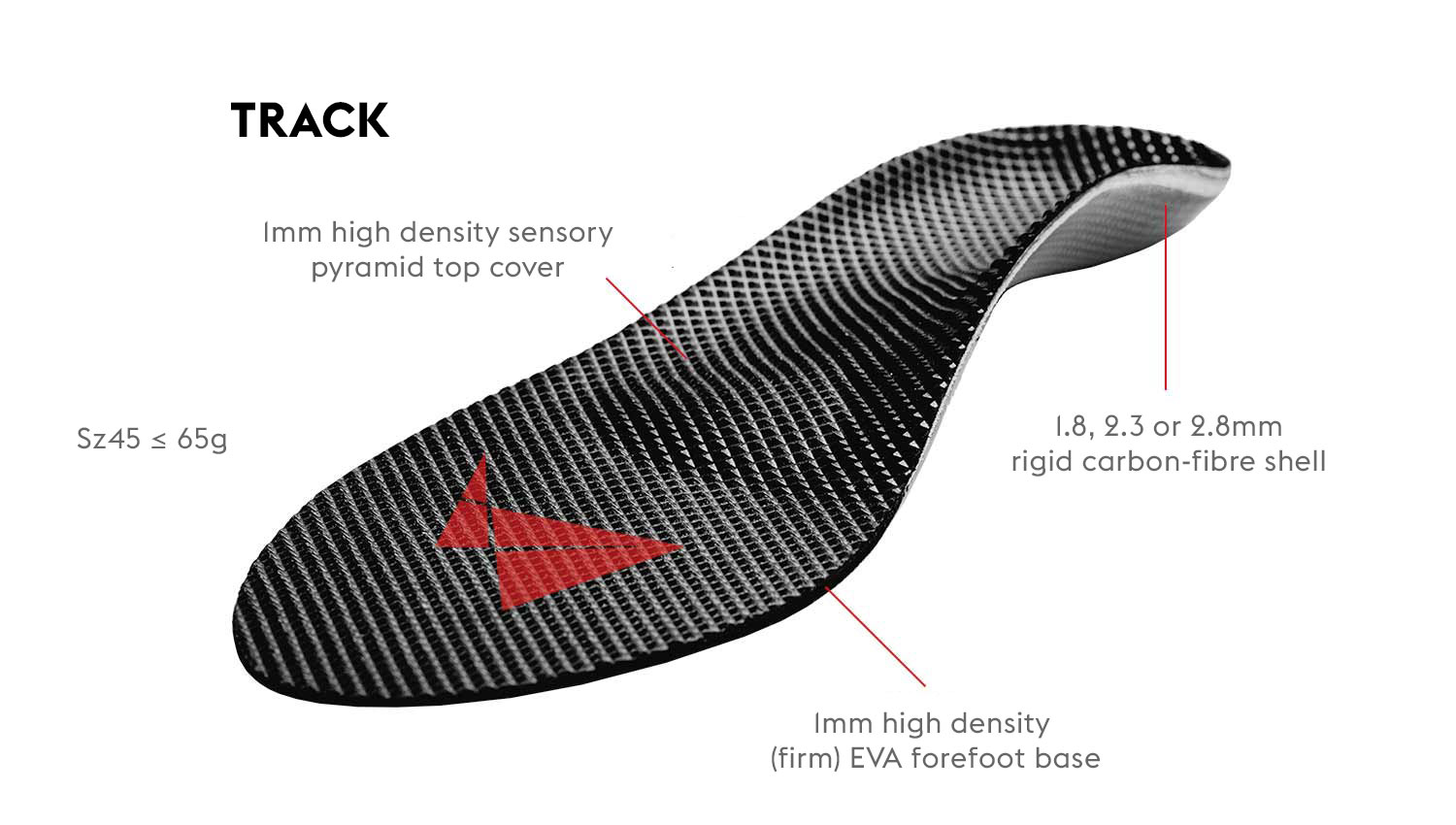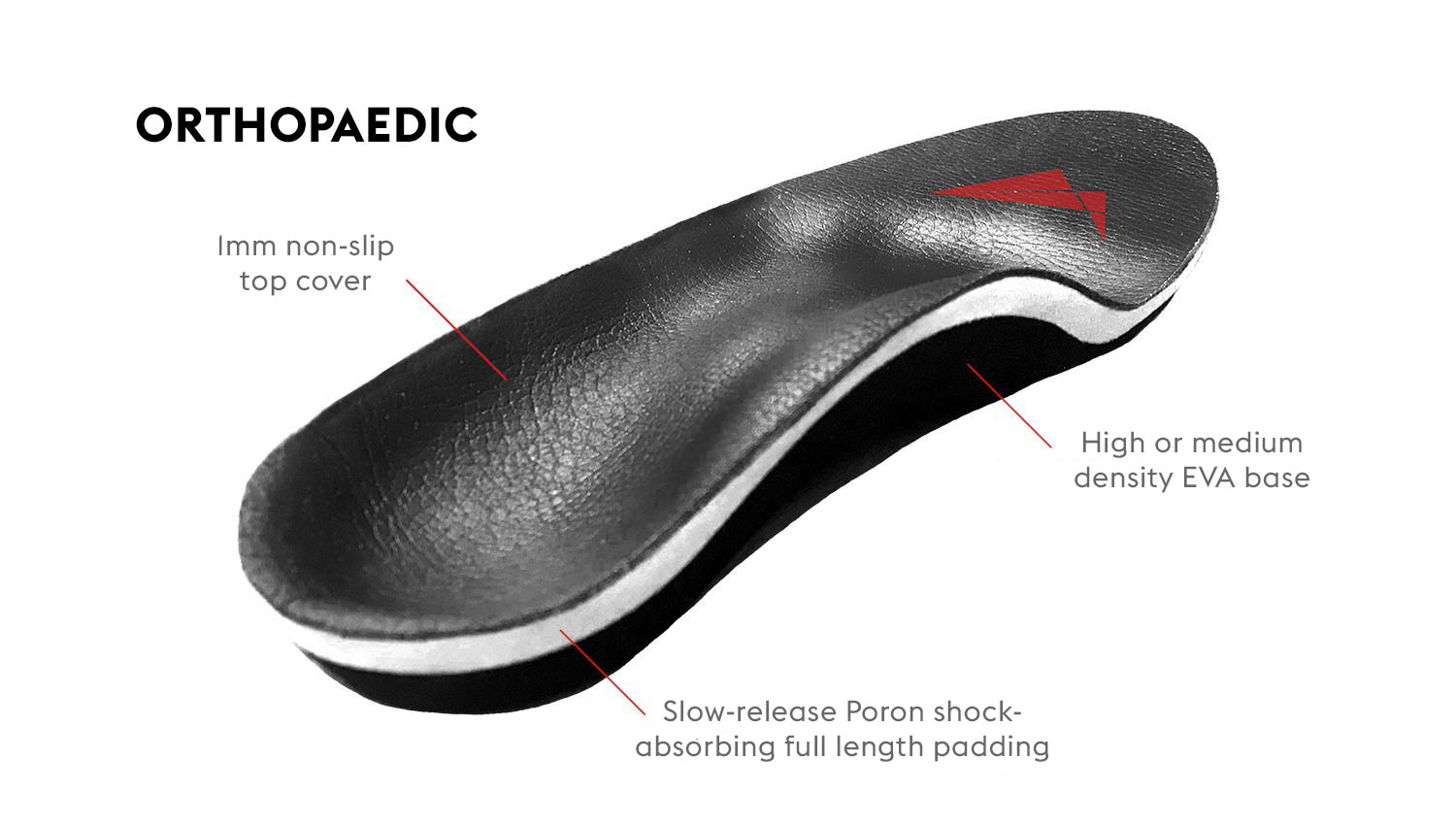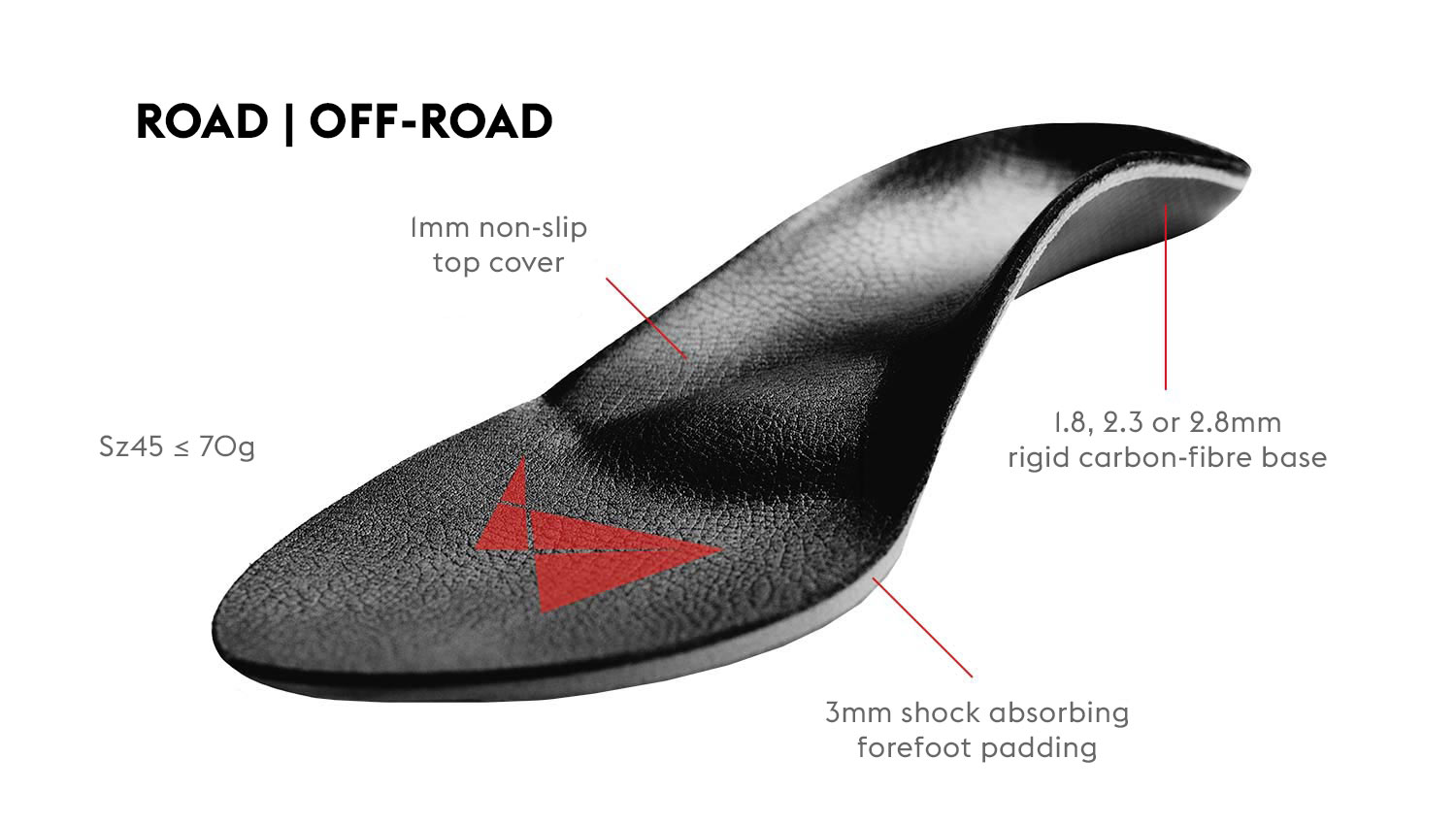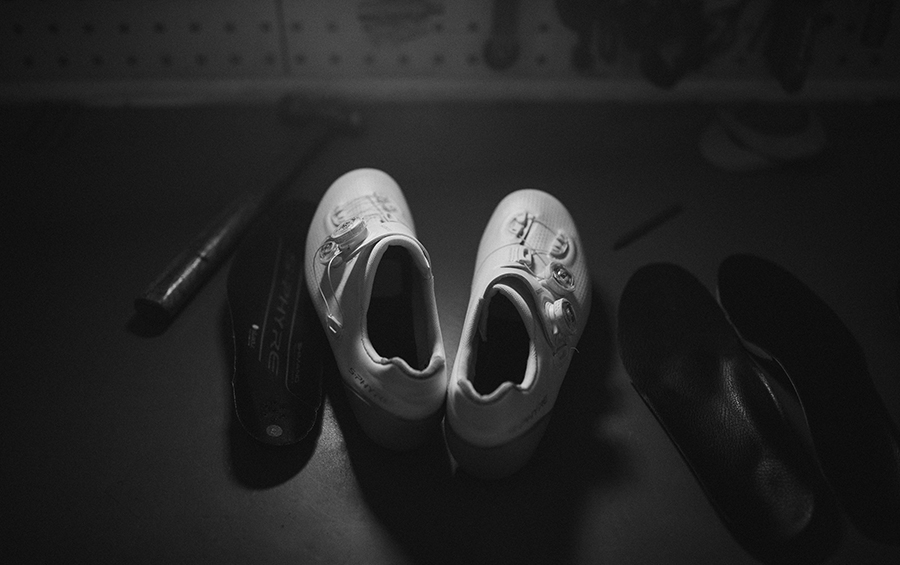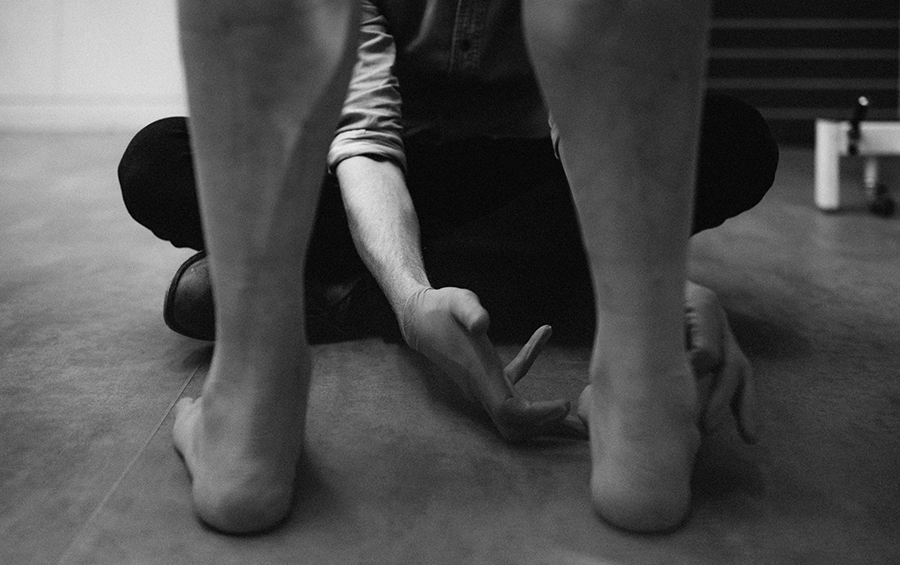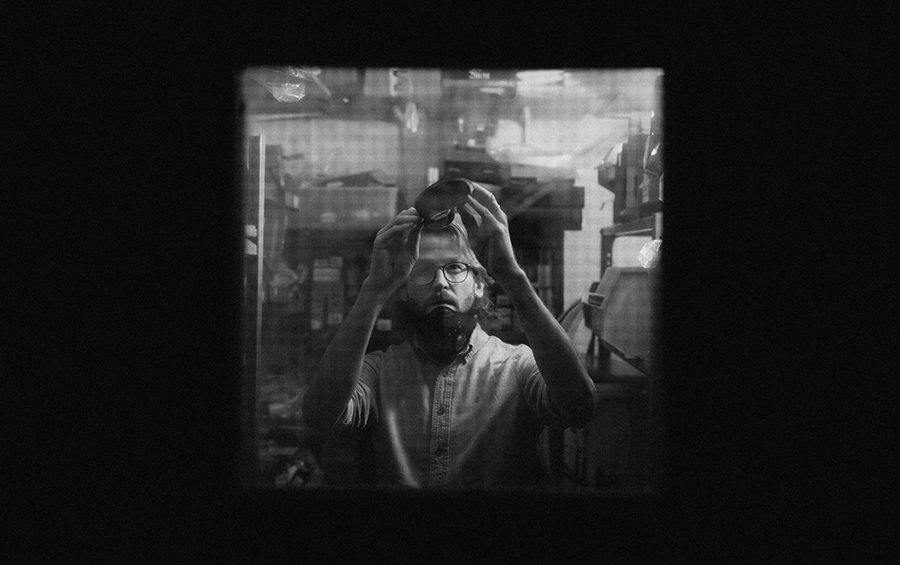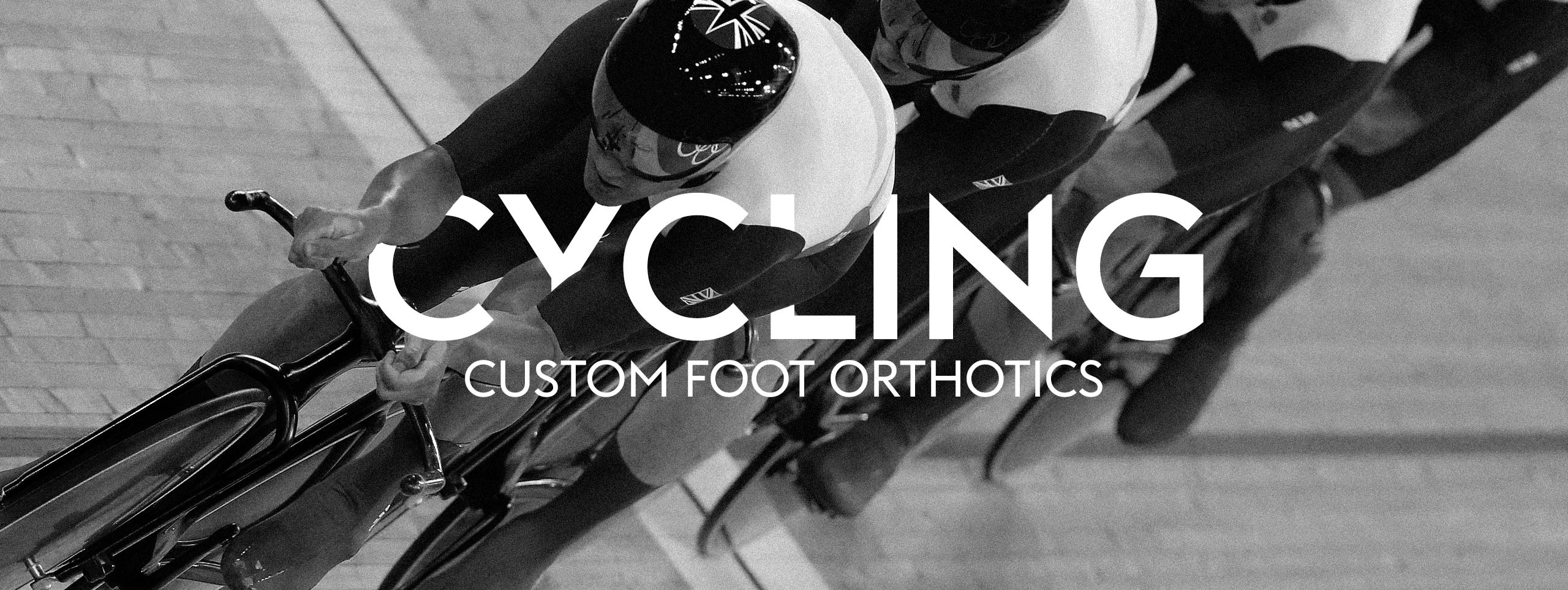
COMMON CYCLING ISSUES
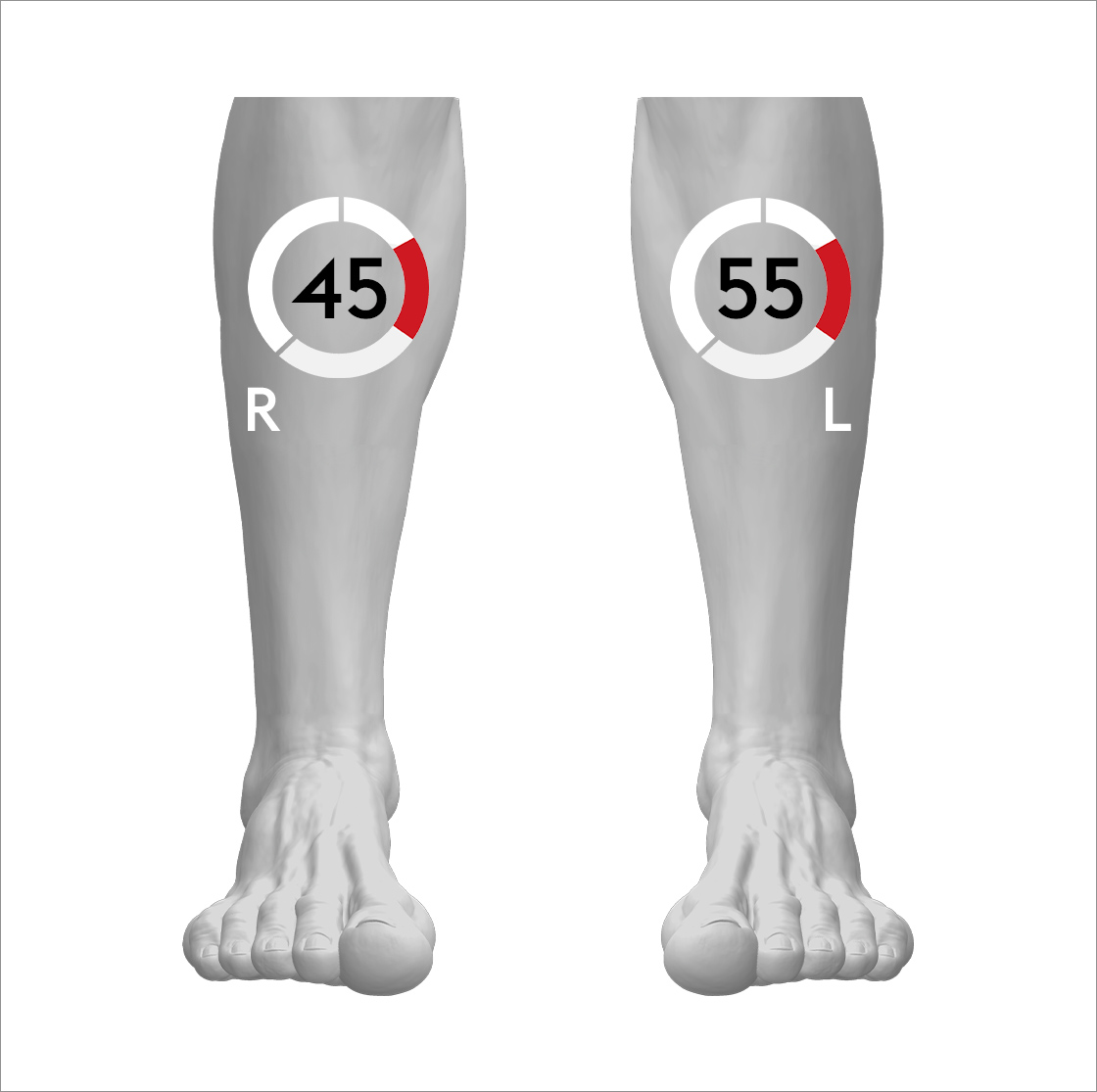
GENERAL RELATED
CYCLINGS
ISSUES
Asymmetrical Power Output
Poor Knee Tracking
Saddle Sores | Movement
Inflammatory Joint Conditions
Unique | Asymmetrical Body Type
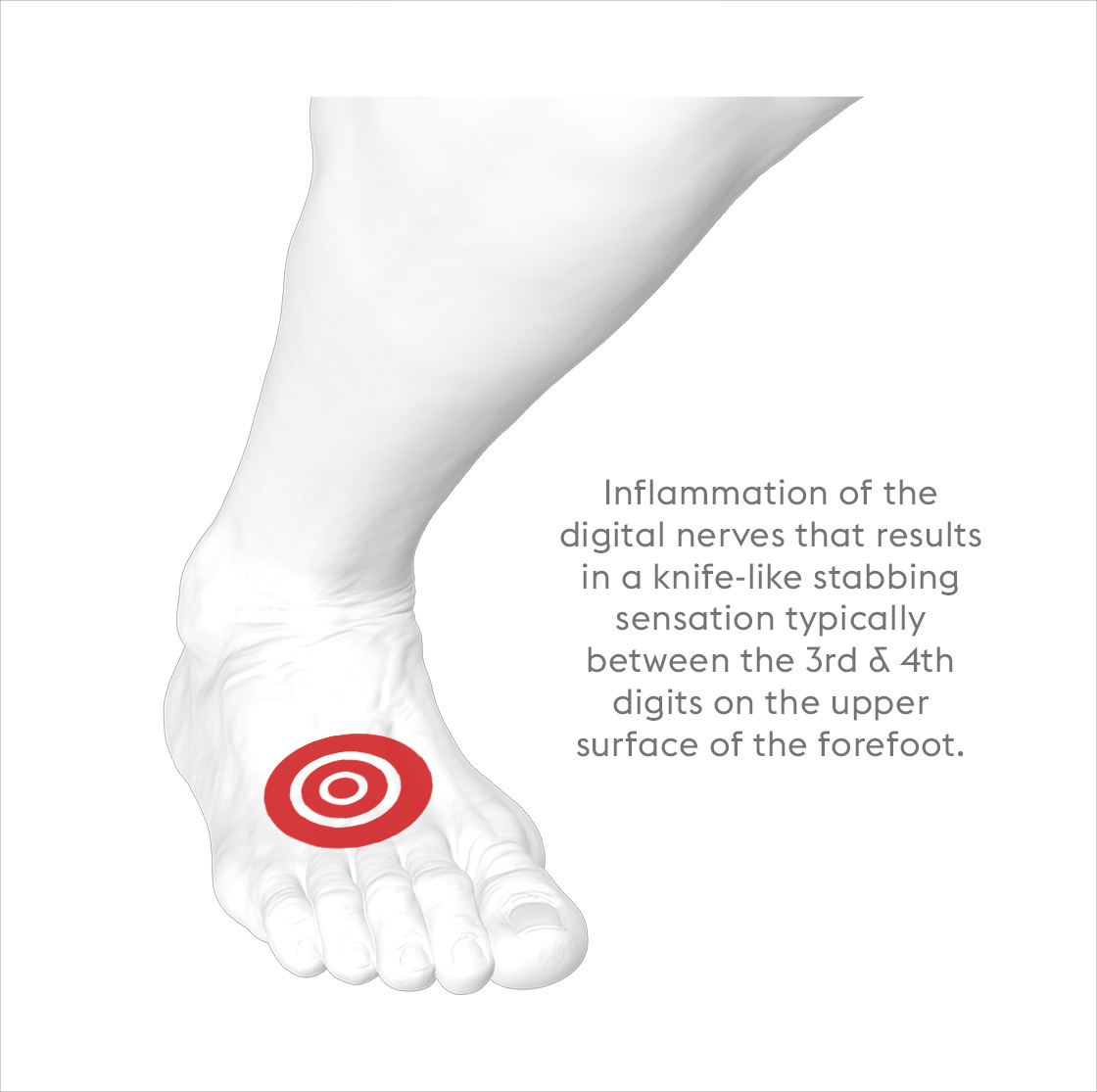
FOREFOOT RELATED
CYCLINGS
ISSUES
Numb Forefoot | Morton’s Neuroma
Sesamoiditis
Bunions
Crushed 4th and 5th
Numb Big Toe
Plantar Forefoot Numbness
Clawed Toes
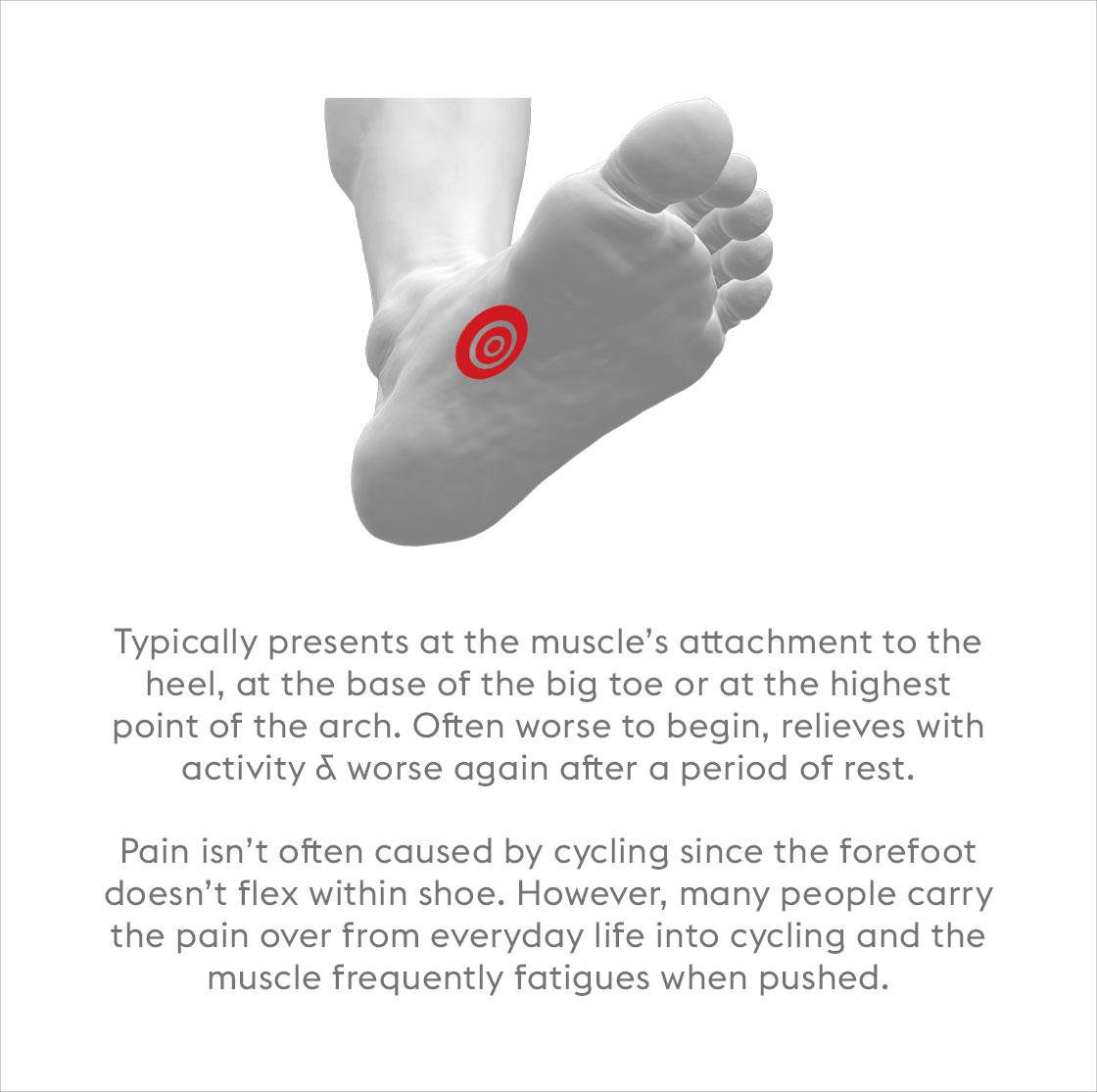
MIDFOOT RELATED
CYCLINGS
ISSUES
Plantar Arch Pain
Lateral Cuboid Compression
Dorsal Midfoot Pain
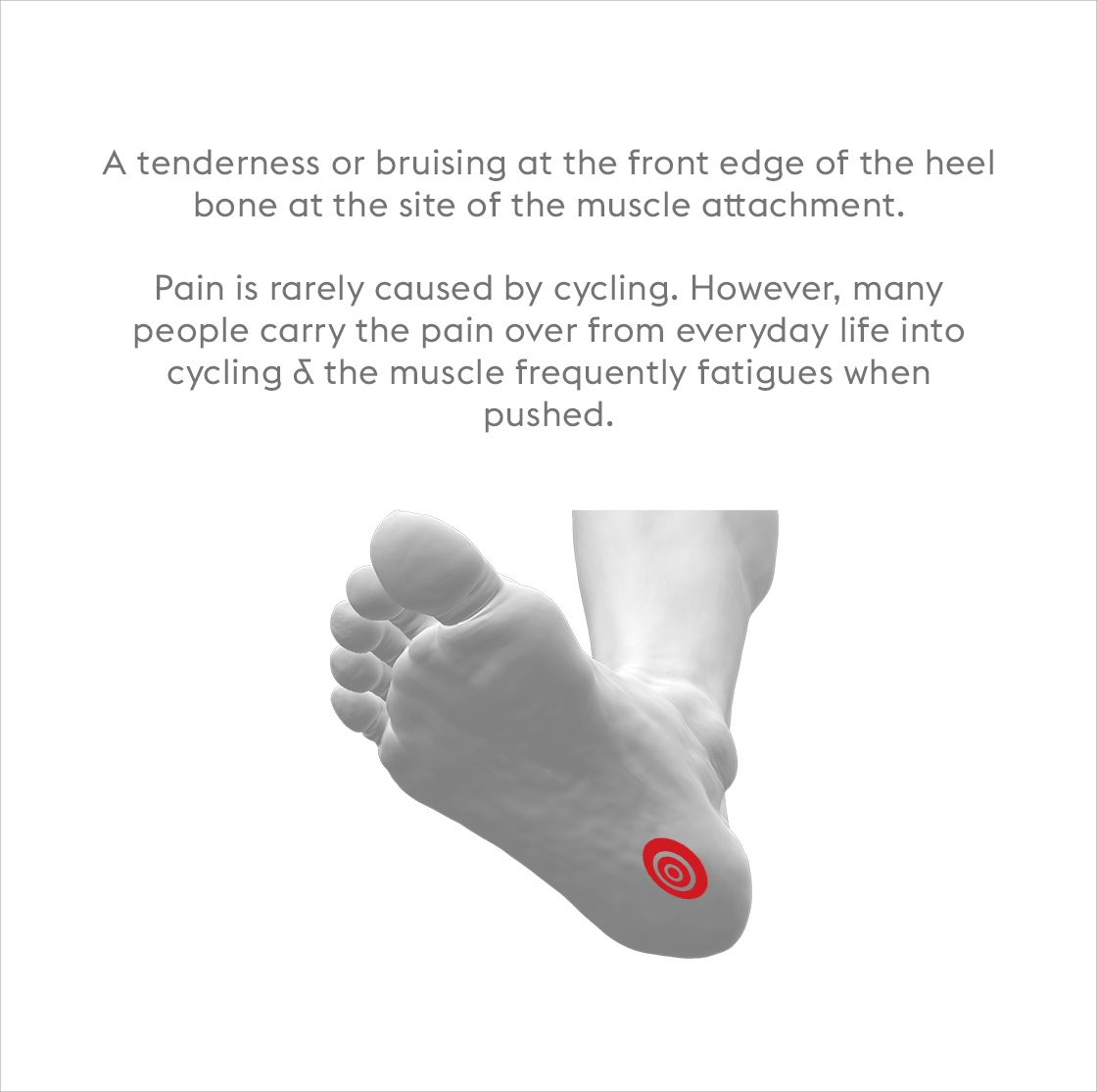
HINDFOOT RELATED
CYCLINGS
ISSUES
Plantar Heel Pain
Achilles Tendon Pain
Medial Ankle Pain
INCREASE POWER
• 13% (250W) increase. Single biggest power gain experienced by an Olympic cyclist using Mík Customised Cycling Orthotics doing a 10 second sprint with maximum physical effort.
• The foot-shoe-cleat-pedal interface has the greatest potential to gain or lose power than anywhere else on the bike.
• Locking the foot in its most stable position not only aligns the foot and ankle more efficiently with the knee and hip but the joints natural compression ensures greater energy transfer to the pedal.
• The more a foot deviates away from its most stable & locked position, the longer it takes for the energy to be transferred on the downstroke leading to sub-maximal power transfer.
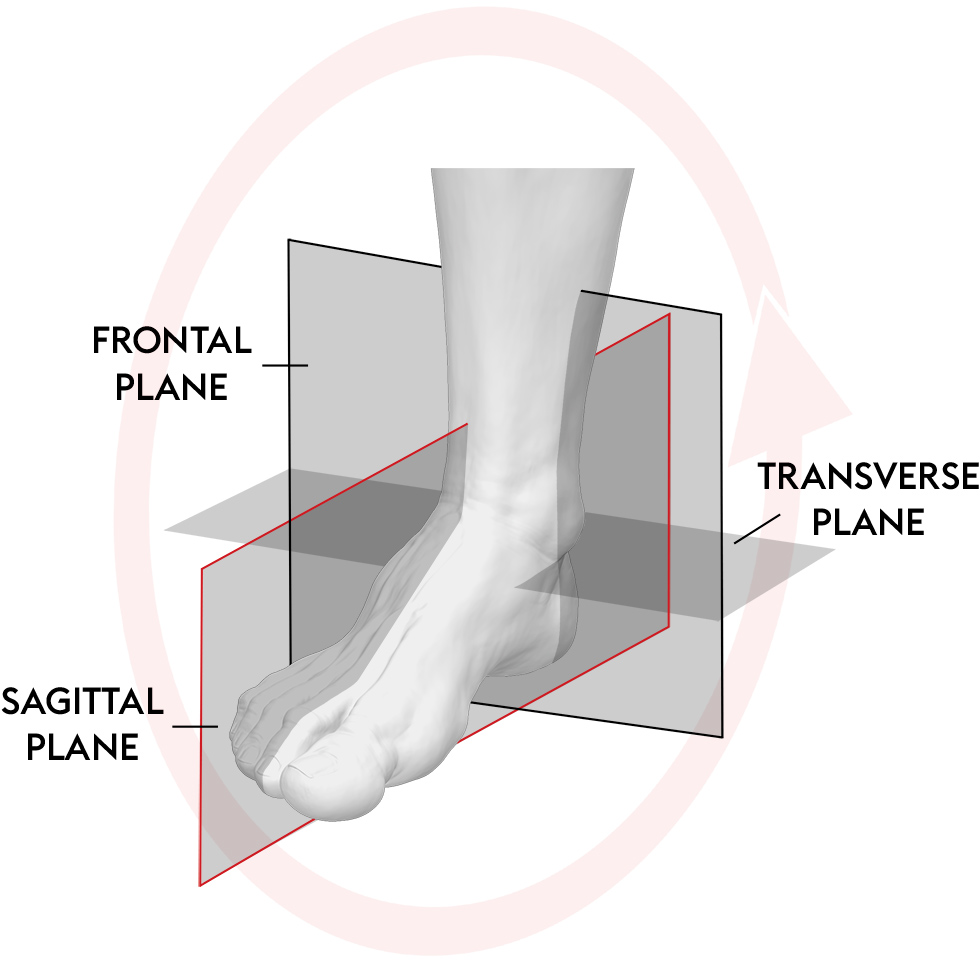
BETTER PERFORMANCE
• Regardless of the cyclist’s ability level, the individual’s natural walking mechanics, injury history and the footwear worn over a lifetime, all influence foot mechanics and ultimately how well feet function on the bike itself.
• Cycling functions within the sagittal plane. Eliminating unnecessary movement of the foot in the frontal or transverse planes not only ensures faster transfer of power and reduces athlete fatigue over time.
• Cycling is not walking or running and the foot biomechanics are competely opposing. Unlike walking, everyone benefits from wearing something within their cycling shoes. The more specific that something is, the more power is transferred.
MORE COMFORT
• The feet are in constant contact with the pedal throughout each revolution and pressure must be distributed equally across the whole foot. If and when this is achieved, the foot will not only be comfortable, but it will offload areas and result in less pain.
• The more accruate the orthotics contact, the greater the rider’s compliance, connectivity and balance.
• Mík Cycling Orthotics can be adapted to suit any foot shape. The Performance range are made from a very lightweight and highly rigid carbon-fibre shell to ensure maximum energy transfer. Whilst the Orthopaedic range are made using a combination of medium & high density EVA with slow-release cover materials to give maximum protection and comfort to the most unique of foot shapes.

